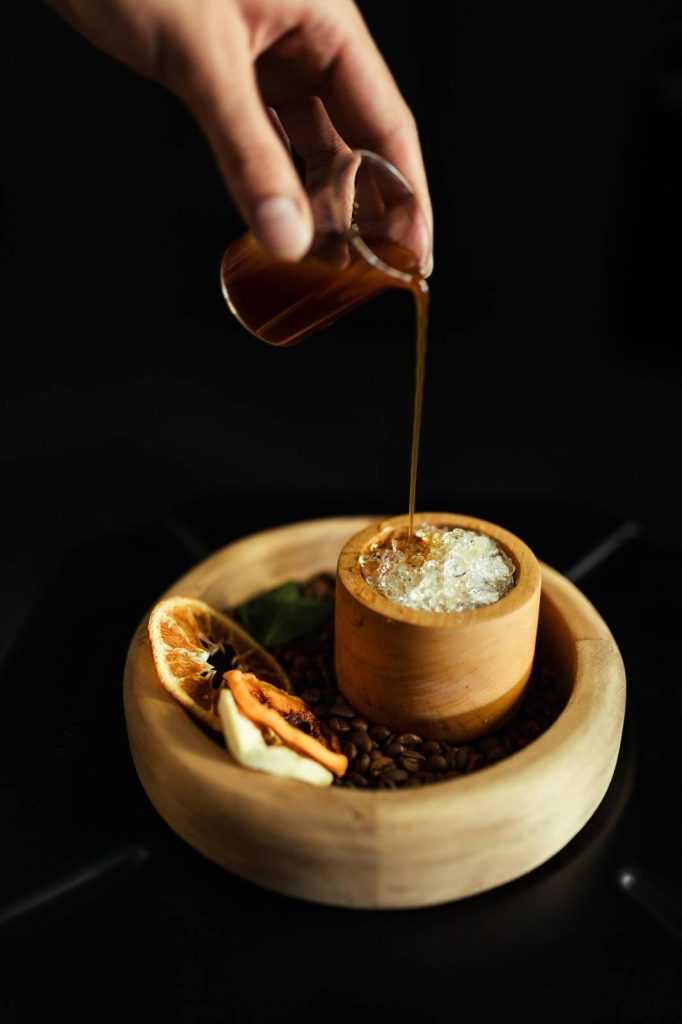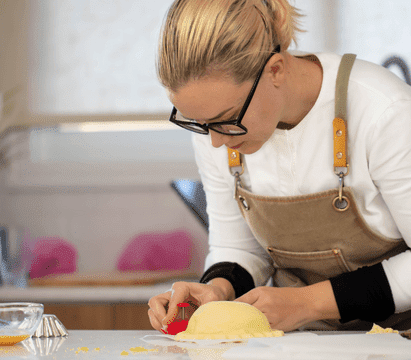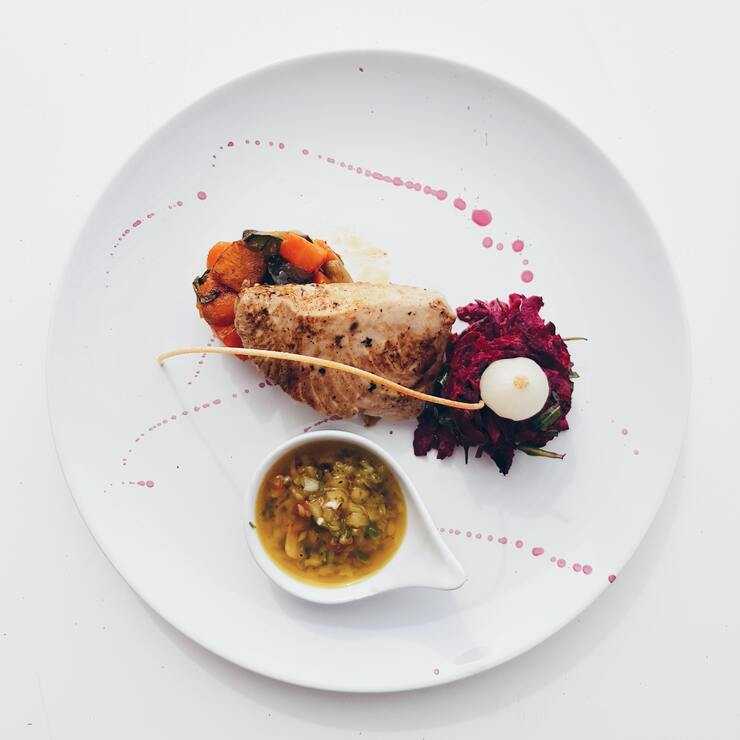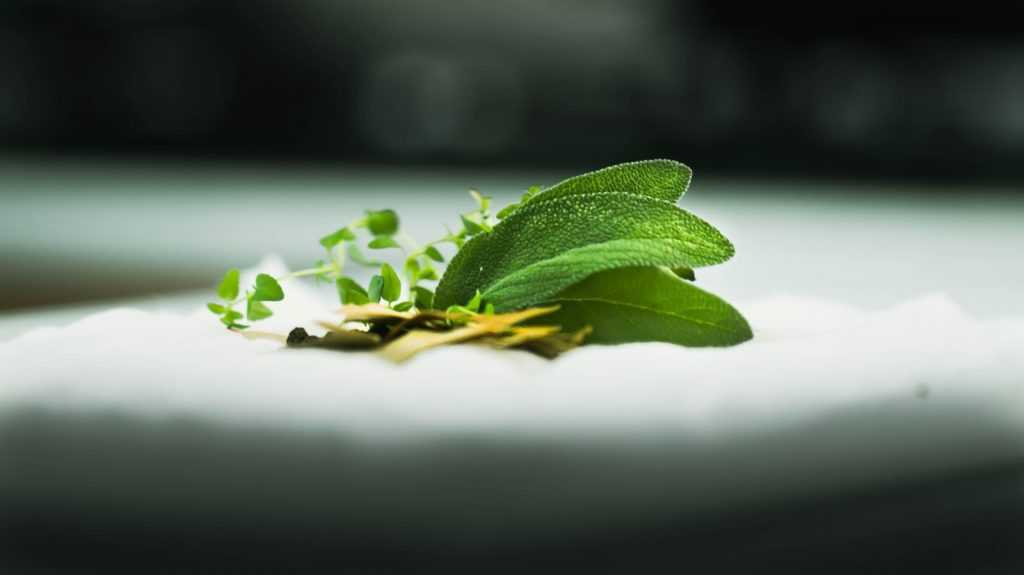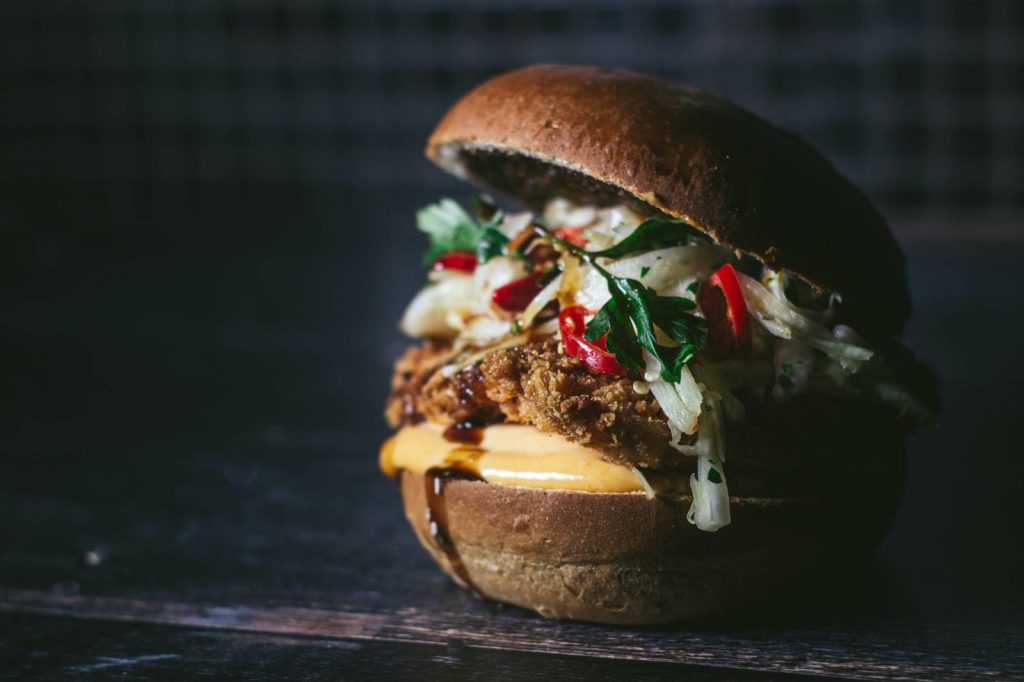Top 10 food trends of 2023
Top 10 Food Trends of 2023 The food industry is constantly evolving, and this year is no exception. From solo dining to non-alcoholic drinks, there are plenty of trends worth paying attention to. Keep reading to learn more about these and other exciting food trends of 2023. #1 Solo dining Eating alone doesn’t have to be a lonely experience! Solo dining has actually become one of the pretty popular food trends lately, and there are a bunch of reasons why. For starters, with the rise of the gig economy and more people working remotely, there’s more flexibility in our schedules to grab a quick bite whenever we have a free moment. Technology has also made it super easy to enjoy a meal solo. With all the food delivery apps out there, we can order takeout or delivery from just about any restaurant without even leaving our home or office. So convenient! But here’s the best part: solo dining is no longer seen as a weird or socially unacceptable thing to do. In fact, it’s become a sign of independence and self-sufficiency. More and more people are totally comfortable eating alone at restaurants or outdoor cafes. So next time you find yourself without anyone to dine with, don’t sweat it! Embrace the opportunity to treat yourself to a solo meal, enjoy the freedom and convenience that comes with it and don’t forget to share your experience on Social Media with trending hashtags #SoloDate and #DinngAlone. #2 Non-alcoholic drinks Non-alcoholic drinks are having a moment! And honestly, it’s about time. Gone are the days when the only option for non-drinkers was a boring old soda or a weak-ass virgin cocktail. Nowadays, there are so many tasty and creative non-alcoholic options out there that even the biggest party animals can get behind. There are tons of non-alcoholic “mocktails” made with fresh juices and herbs, non-alcoholic beers and ciders that actually taste good, and even fancy non-alcoholic spirits like Seedlip that can be mixed into cocktails. But here’s the thing: non-alcoholic drinks aren’t just for people who don’t drink alcohol. More and more people are opting to cut back on their alcohol consumption, whether it’s for health reasons or just to mix things up. And with all the delicious non-alcoholic options out there, it’s easier than ever to do so. #3 Dining as experience Foodies, get ready! Because 2023 is all about dining as an experience. Gone are the days of just grabbing a quick bite and rushing out the door. Now, it’s all about immersive dining – think dinner in a secret underground speakeasy, or a multi-course meal served in a fancy treehouse. And if you’re feeling really adventurous, molecular gastronomy is making a comeback! This high-tech cooking style involves using science to transform ingredients into unexpected and delicious forms. Think liquid nitrogen ice cream and foam-topped cocktails. So if you’re looking for something a little more exciting than your usual dinner routine, keep an eye out for these immersive and molecular dining experiences food trends of 2023. They’re sure to blow your taste buds away! #4 Upcycling food scraps The hottest food trend of 2023 is all about upcycling and using ingredients that might have been overlooked in the past. We’re talking about those bits and pieces of food that usually get tossed in the trash – think carrot pulp, broccoli stems, and even stale bread. But instead of throwing these scraps away, clever chefs are finding ways to use them in delicious and creative dishes. And it’s not just food scraps that are getting a second chance. More and more chefs are using ingredients that are typically ignored or overlooked, like wild herbs and flowers, foraged mushrooms, and even maple leaves and birch stems. Not only is this trend good for the environment (less food waste is always a good thing), but it’s also super exciting for foodies. These unexpected ingredients add a ton of flavor and interest to dishes, and they’re a great way to try something new. #5 Influencers influence The next food trend is already trending online, it’s only a matter of time before it shows up on a menu near you. Take the rainbow food craze, for example. One minute, you’re scrolling through Instagram or TikTok and seeing a few funky colored bagels here and there. The next thing you know, every restaurant in town is offering rainbow-hued everything. It’s like the internet has some kind of magical power to turn weird food ideas into mainstream must-haves. So if you want to know what’s going to be the next big thing in food, just keep an eye on your social media feeds, especially TikTok. Or, you know, you could just stick to the tried and true classics. Your call. #6 AI recipe development If you are a Pro-Chef, the major part of your job probably consists of tinkering with recipes and trying to figure out the best way to optimize your menu for maximum profitability. Well, AI is here to save your day (and your sanity). With the help of AI software, you can create and troubleshoot recipes in a fraction of the time it would take you to do it manually. And if that wasn’t enough, it can also help you optimize your menu for maximum profit. No more guesswork or trial and error (or at least not as much) – just delicious, profitable dishes. But don’t worry, AI isn’t here to steal all your jobs. It’s just here to make your life a little easier and give you more time to do what you do best: create amazing food. #7 Workplace sustainability Restaurant and hospitality industry had taken a big hit during Covid… Not only because it was forced to be closed and suffer losses, but also because more and more industry workers realized during the forced time off, that they might want more of a life-work balance moving forward… and more of humane work conditions. So, now restaurants and hotels all over the
Top 10 food trends of 2023 Read More »
